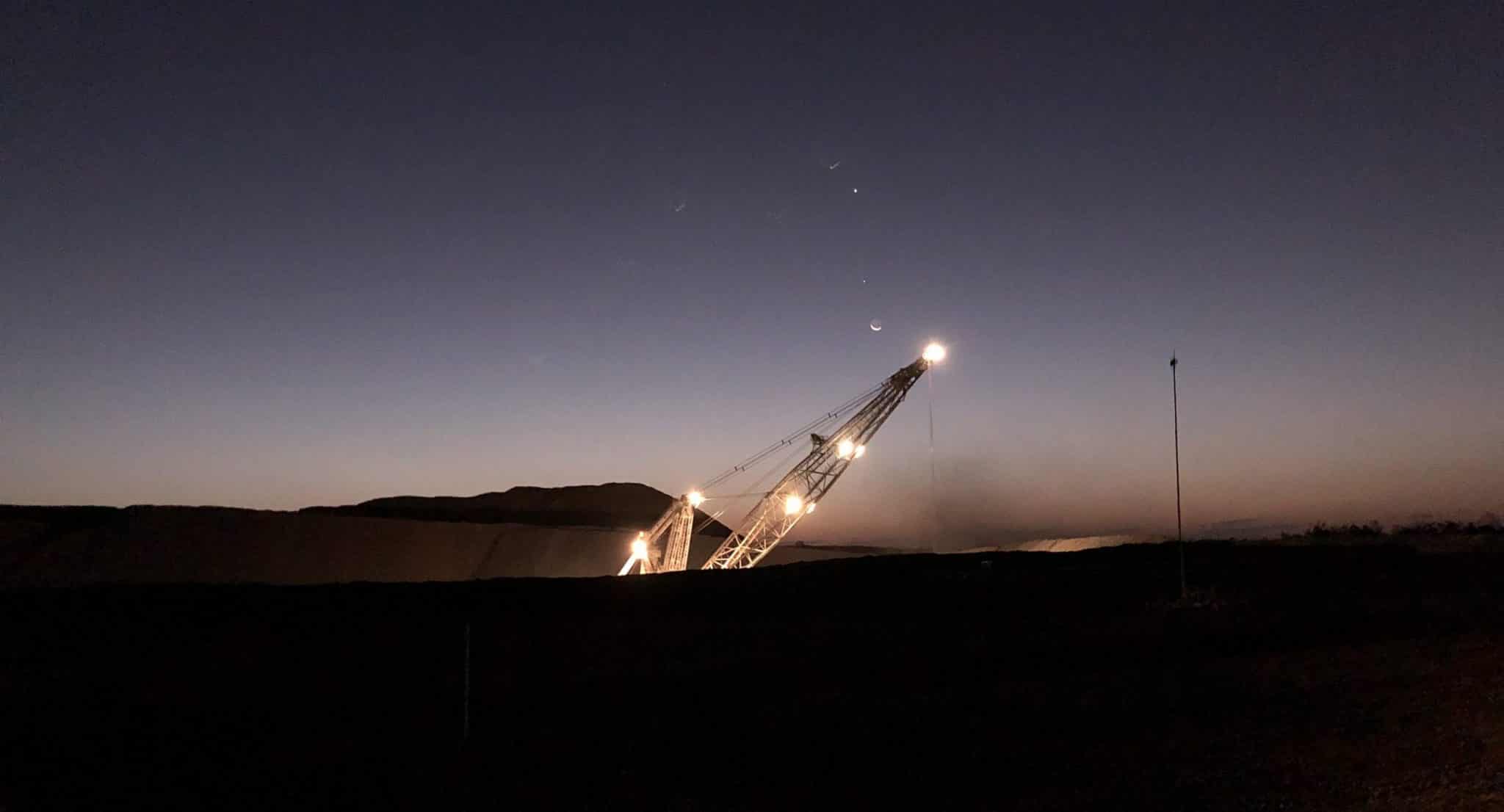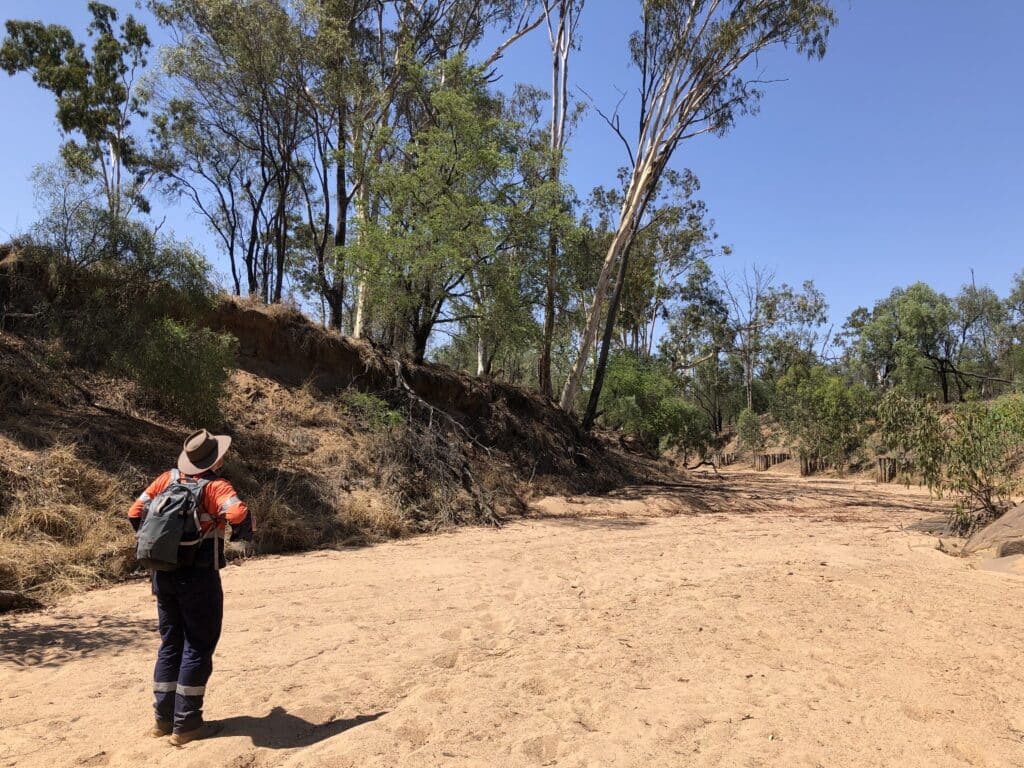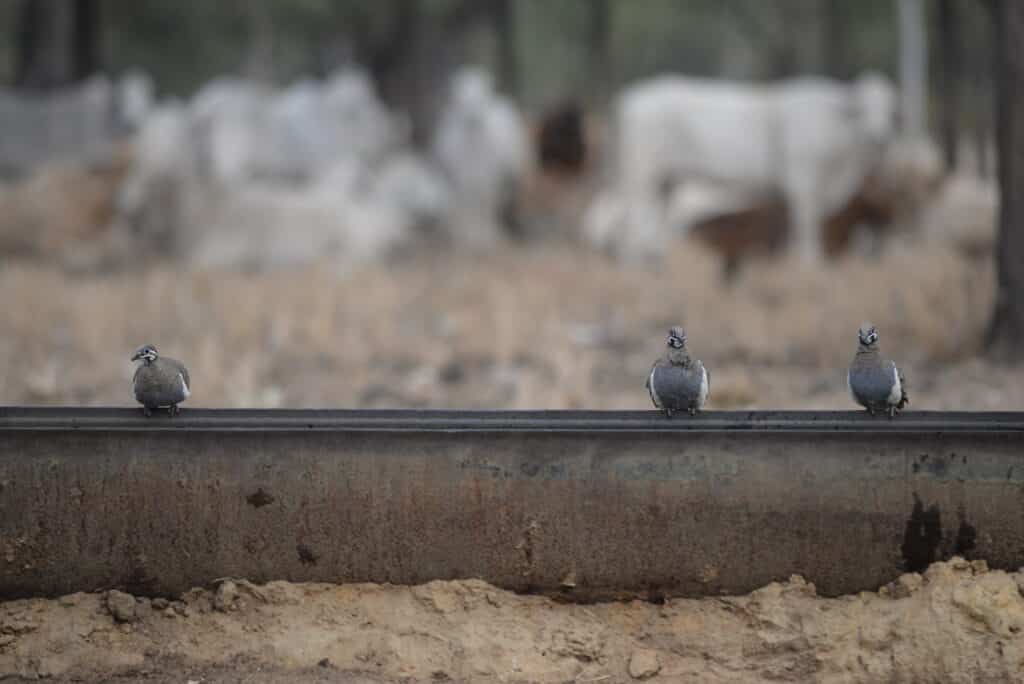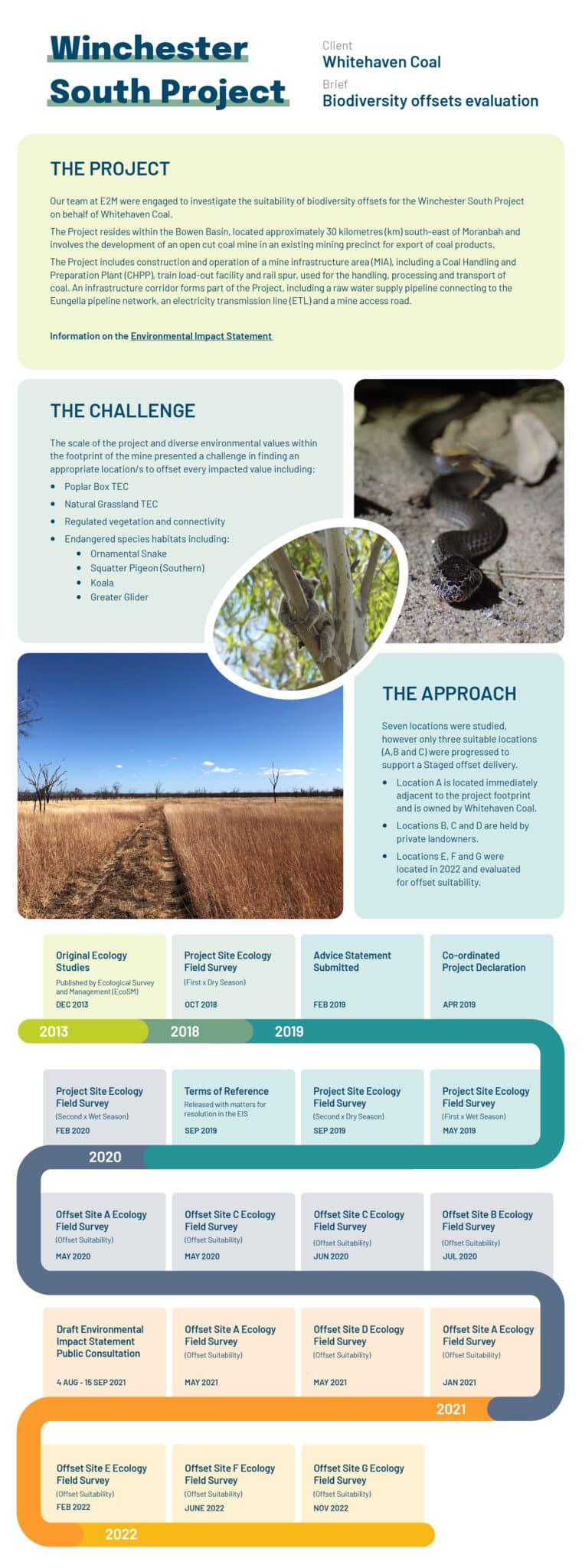We have been involved in the identification of Biodiversity offsets for over a decade. The successful collaboration between our organisation and Whitehaven Coal in securing approvals for the Winchester South Mine, a prospective open-cut coal mine near Moranbah is a great example of how our experience translates into better outcomes.
Since 2018, we have been engaged in the observation, assessment, and ongoing support and management of the ecological impacts of the proposed Winchester South Mine development from the outset through to approval of the Environmental Impact Study. Our engagement began from the initial stages, including the assessment of the Environmental Impact Study, and extends to the ongoing management and monitoring of the sites.
The project
The proposed Winchester South Mine development is an open-cut mine, located in the Bowen Basin, approximately 30km southeast of Moranbah. Winchester South Mine will produce up to 11 million tonnes of primarily metallurgical product coal per year, with the result being 28 years’ worth of steel product.
Given its significant scale, the development of the mine necessitates the expansion of existing rail and port infrastructure. With so many variants and environmental impacts to be considered, our services were engaged to provide the know-how and experience of identifying, monitoring and managing threatened species and ecological communities, as well as having an unrivalled track record of navigating ecological approvals and legislation in Queensland.
The site footprint encompasses over 7,000 ha of grazing paddocks, eucalypt woodland, brigalow open forest and pockets of native grassland. Our ecologists conducted a comprehensive, multi-year field study to identify and evaluate the ecological values present within and adjacent the Project footprint.
We’re invested in building long-term relationships through open, upfront and straightforward communications
Know-how with impact
The team was led by Chief Science Officer and Offsets expert, Brad Dreis, supported by Senior Spatial Officer, Danielle Lane, who was responsible for driving efficiency in the identification of suitable offsets areas through GIS. Senior Ecologists, Peter Wagner and Lindsay Wickson have been on-the-ground conducting field surveys to verify the suitability of the environmental values on a proposed offset area since the project began to ensure balanced environmental outcomes were achieved.
Our end to end Terrestrial Ecology services included:
- Seasonal Flora and fauna surveys across multiple years
- Vegetation mapping amendments including updating State Government vegetation mapping
- Targeted surveys of threatened species to identify locations and populations
- Determining baseline condition of habitat for threatened species and vegetation communities through vegetation and habitat quality assessments
- Determining suitability and existing condition to offset impacts to threatened species and vegetation communities through offsets assessments and targeted threatened species surveys
- Identification and calculation of potential impacts to protected matters
- Recommending management measures to reduce impacts through mitigation strategies; and
- Preparation of baseline offset assessment reports for each offset area
Invested for the long term
We’re invested in building long-term relationships through open, upfront and straightforward communications, ensuring ecological impacts and proposed compensatory measures are understood and agreed to by stakeholders from the project’s outset.
Initial ecological surveys and impact assessments were conducted over the span of two years, to assess the impact of the proposed project. Because of the project’s size and significance, observations were required across different environmental conditions including wet and dry seasons.
In 2018, we initiated the initial dry season survey, which encompassed a study area spanning 13,750 hectares. This study area was further examined during the subsequent wet season in 2019. In the same year, an additional dry season assessment was carried out, expanding the study area to gain a comprehensive understanding of the broader impacts associated with the project’s footprint. In parallel with the ongoing wet and dry season observations, additional studies were conducted between 2020 and 2022. These studies aimed to identify suitable properties that could serve as offset sites for potentially affected species. The focus was on determining appropriate locations to mitigate the project’s overall impact on biodiversity.
Technology driven outcomes
We are renowned for our integration of and proficiency with technology to drive efficiencies and detailed insights throughout project delivery and this project was no exception. We used Trimble handheld technology in combination with Esri software to increase our field data capture efficiency and effectiveness. Esri software allows for the capture of attribute-rich data and the transfer of data to the cloud for safe storage and quick retrieval for analysis and reporting.
Our team of GIS specialists leveraged spatial technology to assess and map areas of suitable offsets and species records to effectively match the complex needs of this project. After the field data was analysed, the following threatened species were identified as requiring offsets:
- Poplar Box TEC
- Natural Grassland TEC
- Regulated vegetation and connectivity
- Endangered species habitats including
- Ornamental Snake
- Squatter Pigeon (Southern)
- Koala
- Greater Glider
Impacts and outcomes
Our early involvement in the proposal of the Winchester South Mine development program and expertise in the provision of comprehensive ecological and biodiversity offset reports to the Commonwealth and State governments, have ensured a structured approach to their impacts and offsets, ensuring that offsets can be progressively implemented during the life of the mine.
The Impact Assessment has been completed and is now under government review. Offset assessments and monitoring of threatened species will continue for the foreseeable future.
Contact the team at E2M
Want to know more about our involvement in Offsets? Reach out to the team at E2M to see how we can help to deliver balanced outcomes through biodiversity offsets on your projects.







